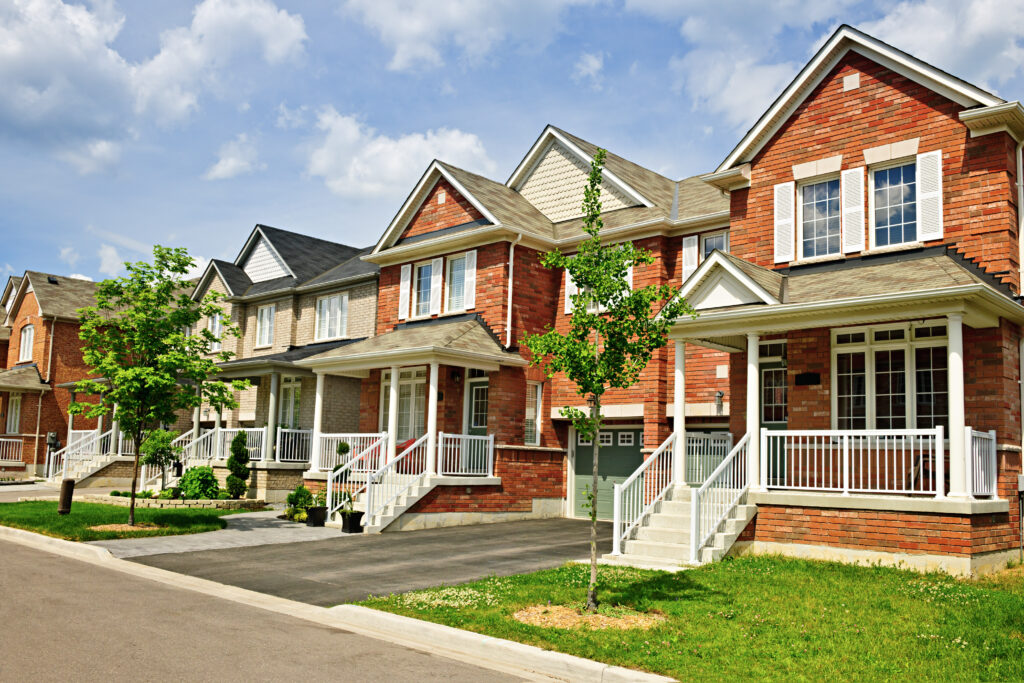Moving to Canada brings excitement and opportunity. But one of the big challenges for many newcomers in 2025 is how the housing shortage and immigrant labor supply interact. That combination can push up rents, reduce housing options, and create competition for affordable homes. This article explains key facts about the housing shortage and immigrant labor supply, how they impact you as a fresh immigrant, and how to prepare so that you are not caught off guard.
What is Canada’s Housing Shortage and Labor Supply Situation?
Rising Demand, Limited Homes
Canada is experiencing one of its most rapid population growths in decades, largely driven by immigration and non-permanent residents. In 2023, population growth jumped by 3.2 per cent, much of that coming from people arriving from other countries. That surge in people has outpaced the housing supply. Statistics show Canada needs about 430,000 to 480,000 new homes each year to keep up with demand and to restore housing affordability until 2035. Without major changes, projections suggest a shortage of approximately 3.5 million homes by 2030. (Facts based on housing policy reports)
Meanwhile rents have risen in major cities, and many newcomers are spending more than 30 per cent of their income on shelter costs. Some recent immigrants dedicate 30-40 per cent (or more) of their income to rent, which is defined as unaffordable housing in Canada. (Statistics Canada data)
Immigrant Labor Supply’s Role
Immigrant labor supply is beneficial in many ways: new immigrants fill critical labor gaps, especially in construction, healthcare, trades, and service industries. Governments are using immigration channels to try to attract construction workers to build more homes, and to bring in trade-skilled laborers. (Government planning documents)
But the growth of immigrant supply also adds to housing demand because most newcomers initially rent rather than buy, and many prefer large urban centres with more services, jobs, community connections. This concentrates pressure where housing is already scarce and expensive.
How the Combination Affects Fresh Immigrants
Understanding how housing shortage and immigrant labor supply work together helps predict what newcomers are likely to face:
-
High rental costs: In cities like Toronto and Vancouver, average rents for one-bedroom apartments can be well above two thousand Canadian dollars. Paying such rent on an entry-level job or temporary work permit may consume most income, leaving little for savings or other expenses.
-
Limited availability: Many housing units are snapped up quickly, and landlords may require proof of income, credit history, or strong references. New immigrants may not have established credit or a long rental history in Canada, making it harder to compete.
-
Long waiting lists: Subsidized housing, co-op housing, and other affordable housing options often have waiting lists. Because demand is high, newcomers may wait months or longer for access.
-
Need to accept less ideal housing: To stay within budget, immigrants often settle for smaller or less centrally located units, or shared housing, which may affect commuting time, access to services, and quality of life.

What the Government Is Doing
It helps to know what Canada and its provinces are doing so that you can use available support:
-
The government has announced funds and programs to accelerate housing construction, reduce red tape for building new homes, and support housing infrastructure. (Housing Infrastructure funds, Housing Accelerator programs)
-
Immigration, Refugees and Citizenship Canada (IRCC) is adjusting immigration targets and non-permanent resident proportions to help align population growth with housing capacity. The aim is to reduce the share of non-permanent residents to less than five per cent of the total population by the end of 2027. (Policy statements)
-
There are efforts to streamline recognition of foreign credentials so that immigrants can work in construction or trades, thereby contributing directly to solving housing shortages.
How to Make Sure You Are Not Negatively Affected
Here are practical strategies that fresh immigrants can use to avoid being overwhelmed by housing issues tied to high demand and competition.
1. Budget Smartly Before Arrival
Estimate your realistic income and living costs. Research average rents in the city you plan to move to. Factor in costs for public transit, utilities, food, health care, supplies. Leave extra margin for unexpected expenses.
2. Choose Location Carefully
Cities like Toronto, Vancouver, and Montreal have higher housing costs. If possible, consider smaller or mid-sized cities or suburbs with good transit connections. These often offer lower rents and more availability. Some provinces are expanding immigration and job opportunities in smaller centres, so moving where demand is lower can help.
3. Explore Alternative Housing Types
-
Shared housing or renting a room in a house.
-
Basement apartments or accessory dwelling units.
-
Co-operative housing or non-profit housing.
-
Student dorms or university housing if you are studying or working closely with an institute.
These options can reduce cost while you settle and build credit history.
4. Tap into Government & Community Support
Make use of newcomer services. Many cities offer newcomer organizations that help with housing referrals, advice, and settlement. Apply for subsidized housing or rent-based on income programs where eligible. Use online housing search tools early.
5. Build Your Rental Application Strong
Even without Canadian credit, bring documents: proof of past landlord references, proof of employment or funding, savings, letters of recommendation. Be ready to show capacity to pay rent and commitments. A clean rental history in your home country also helps.
6. Aim for Stable Income & Secure Work
Secure a job or contract before moving if possible. If your permit allows, try to find work early so that you have proof of income. A stable job helps in both securing housing and being considered by landlords.
7. Understand Tenant Rights
Canadian provinces protect tenants in different ways: rules about security deposits, evictions, maintenance. Know your rights in the province you move to so that you avoid unfair landlord practices.
8. Plan for Home Ownership Long-Term
After several years, immigrants often move from renting to owning. Start saving for a down payment early. Maintain good credit history in Canada. Explore programs for first-time home buyers, which some provinces offer. Owning a home becomes more possible after about five to ten years.
Real-World Example
Let us look at a case:
Maria moved from Colombia to Calgary in 2024. She arrived on a work permit, found a small part-time job in a retail store and shared a two-bedroom apartment with two other newcomers. The rent was high relative to her income, leaving no money for savings. However, Maria joined a settlement-services group, which connected her with a roommate match and helped her find a shared apartment in a nearby suburb with lower rent. She also took additional shifts when possible, built a good rental application with references, and after 18 months managed to get a one-bedroom apartment of her own. Over time, she improved her income levels, established Canadian credit, and began saving for ownership.
This kind of experience shows that early planning, using the community, and being flexible in housing choices pay off.
What to Keep an Eye On in 2025
-
Government announcements of new housing projects may open up affordable options in the city you live in.
-
Changes in immigration policy (such as caps on non-permanent resident numbers) may ease demand and help the rental market stabilize.
-
Trends in rental vacancy in your city; if vacancy rates improve, renters have more leverage.
-
Incentives for first-time home buyers may be introduced or expanded.
-
Programs to match immigrants with construction trades can help reduce overall housing shortage and also provide you job opportunities.
The combination of housing shortage and immigrant labor supply is a major factor shaping how newcomer life in Canada will unfold. But it does not have to catch you unprepared. By understanding the context, choosing location wisely, exploring alternative housing, securing solid income, and making strategic plans, you can avoid many of the pitfalls.
You came to Canada with goals; having a stable, affordable place to live should be one of the first steps toward fulfilling them. Use this knowledge to protect yourself and build a secure start.







